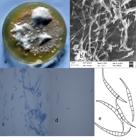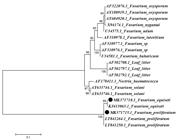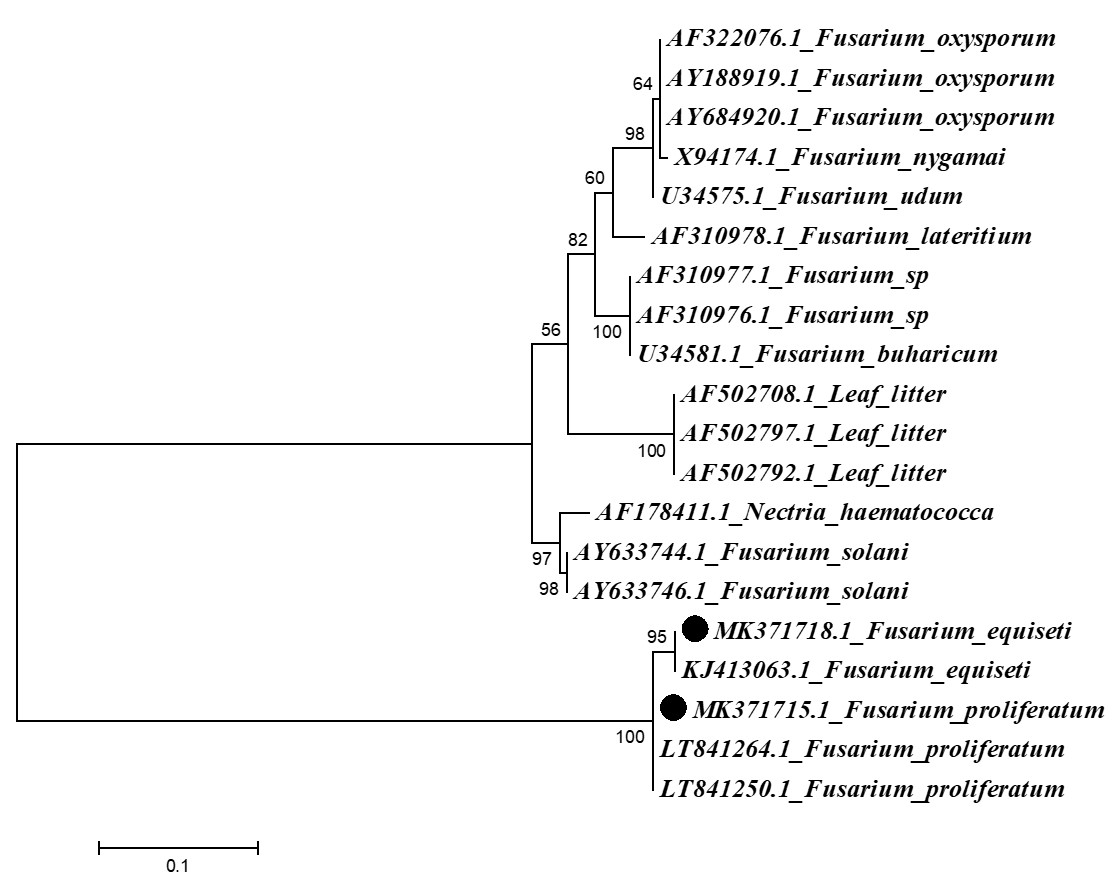Abstract
Dengue fever vectored by the mosquito Aedes aegypti is one of the most rapidly spreading insect-borne diseases. Current reliance of dengue vector control is mostly on chemical insecticides. Growing insecticide resistance in the primary mosquito vector, Aedes aegypti, limits the effectiveness of vector control through chemical insecticides. These chemical insecticides also have negative environmental impacts on animals, plants and human health. Myco-biocontrol agents are naturally occurring organisms and are found to be less damaging to the environment as compared to chemical insecticides. In the present study, entomopathogenic potential of local strains of fungi isolated from soil was assessed for the control of dengue vector. Local fungal isolates presents better alternative to introducing a foreign biocontrol strain, as they may be better adapted to environmental conditions of the area to survive and may have more entomopathogenic efficacy against target organism. Larvicidal efficacy of Fusarium equiseti and Fusarium proliferatum was evaluated against Aedes aegypti. Local strains of F. equiseti (MK371718) and F. proliferatum (MK371715) were isolated from the soil of Changa Manga Forest, Pakistan by using insect bait method. Larvicidal activity of two Fusarium spp. was tested against forth instar larvae of A. aegypti in the laboratory, using concentrations 105, 106, 107 and 108 conidia /ml. LC50 values for F. equiseti after 24h, 48h, 72h and 96h of exposure were recorded as 3.8x 108, 2.9x107, 2.0x107, and 7.1x106 conidia /ml respectively while LC50 values for F. proliferatum were recorded as 1.21x108, 9.6x107, 4.2x107, 2.6x107 conidia /ml respectively after 24h, 48h, 72h and 96h of exposure. The results indicate that among two fungal strains F. equiseti was found to be more effective in terms of its larvicidal activity than F. proliferatum against larvae of A. aegypti.
Keywords:
fungi; vector control; entomopathogenic; larvicidal activity

 Thumbnail
Thumbnail
 Thumbnail
Thumbnail
 Thumbnail
Thumbnail


